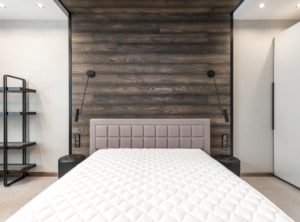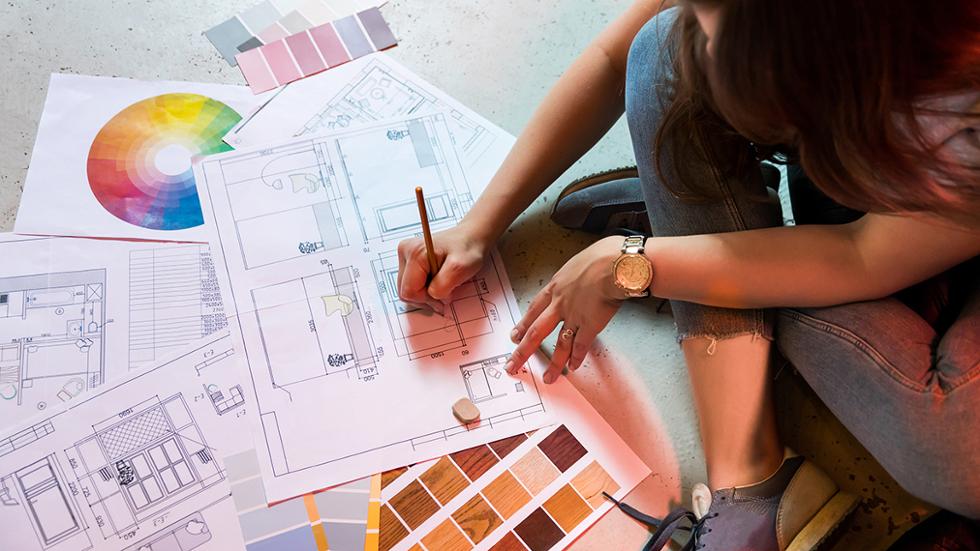
Working 25 hours a day, a periodic creative crisis, tough competition, disagreements with the customer. This is just an incomplete list of the costs of the profession of an interior designer. If they do not scare you and make a choice, we will tell you how to achieve the intended goal.
Starting with the obvious disadvantages of a designer’s activity, I would like to warn those inclined to overly romanticize the profession. Its apparent advantages do not always justify themselves in practice. Creative freedom is undermined by tight terms of reference or budget. High earnings are often not stable. And getting to the pages of fashionable gloss is difficult even for well-known pros – the editorial choice is unpredictable and depends on various factors. But if the cons are not scared, and there is a great desire to become an interior designer, where to start?
1. Ask the Question
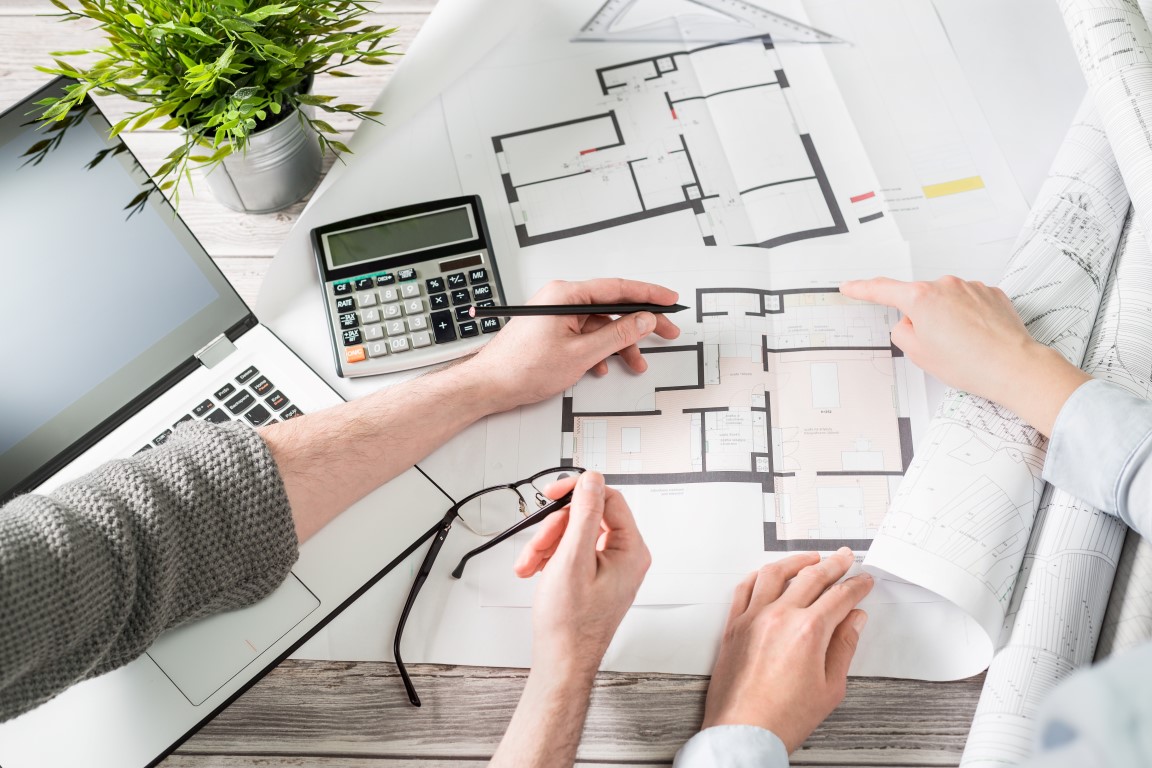
Famous designers are often asked about the reason for choosing their profession. Some of them drew well, loved hand-made, or regularly decorated their room and rearranged furniture. By and large, being a designer is a vocation. And if a person, who has never been interested in art and creativity, is suddenly going to master design, then it is unlikely that something worthwhile will come of it. Here’s a quick test to help you decide:
- Since childhood, you have loved to draw and draw.
- When entering a new home or office, you often imagine how you can improve the space.
- You perfectly distinguish colors and remember their combinations.
- People around you often compliment you about your good taste and sense of style.
- You have excellent spatial awareness and the ability to multitask.
- You carefully and with interest select textiles and home accessories.
- You enjoy working with people.
- You can independently equip your home and make repairs.
If most of the statements are answered in the affirmative, then the choice of specialization “interior design” may well be justified. But it is also helpful to define goals: “Why am I choosing this profession?” and “What do I want to achieve?” If, in the first place – high earnings, prestige, and the desire to become famous, then the venture’s success raises doubts. First of all, a true designer is an enthusiastic creator, and his work is close to art. And it cannot pursue purely material goals.
2. To Get an Education

This is an important stage in any profession. There are at least three ways: go to a specialized institution, attend technical courses, study on your own with the help of books and online videos. The first of the options is the most optimal and thorough, but not the cheapest (on average, 300,000-500,000 per year). But some universities have budgetary places.
Most employers and customers value higher education degrees. In addition, a 4-5-year university program assumes complete immersion in the professional field, communication with experienced specialists, and regular consolidation of the material in practice. Another significant plus is the opportunity to intern at large companies or well-known design studios.
Those who already have a college degree choose to save time and money by attending design courses. Upon completion, a certificate is issued, sometimes with the recommendations of a teacher. This path is less costly (15,000-50,000 rubles) and less time-consuming (on average, 6-10 months). But no matter how informative the courses are, it is challenging to master a specialty from scratch in 1-1.5 years. Therefore, this training option is more suitable for advanced training, broadening one’s horizons, and learning narrow directions in design.
Another way is self-study through online lectures, webinars, books, and articles. Most specialists are skeptical about this option, believing that a designer’s skill can only be mastered internally and under the guidance of experienced professionals. Still, self-taught people are found among successful designers. The main thing in “self-education” is a great desire, passion for the profession, and self-discipline. In addition to specialized skills, a modern specialist needs knowledge of the basics of 3D modeling, Photoshop / Illustrator, AutoCAD / ArchiCAD, 3DMax, etc.
3. Have an Internship
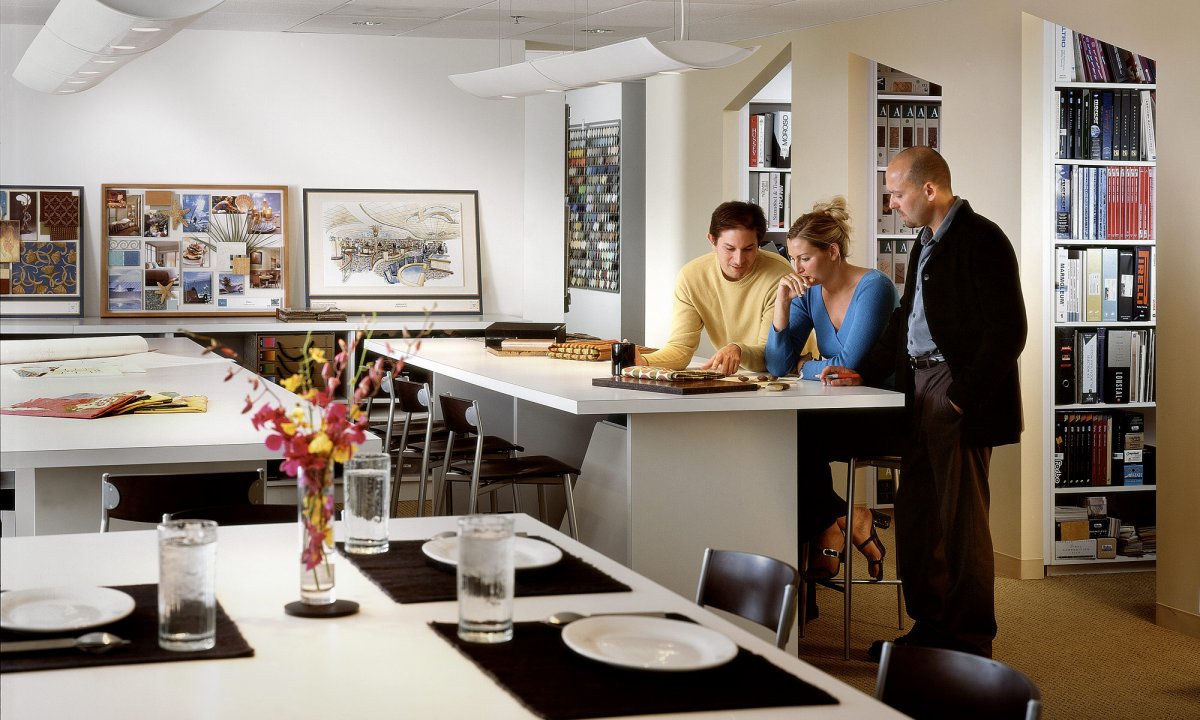
No matter how impeccably the future designer may have learned the theory, it will not be possible to understand all the subtleties of the profession without working with actual tasks. Most universities organize internships for students with reputable designers and private studios. A well-chosen place for training can be a powerful impetus for developing a young specialist’s career.
Sometimes students who have proven themselves positively on the internship become a full-fledged part of the team and get a job. This is an excellent chance for novice designers to “fill their hands,” replenish their portfolio, gain invaluable experience, valuable contacts, and recommendations. Those who study design on their own or through courses can find internship companies online.
4. Prepare Portfolio
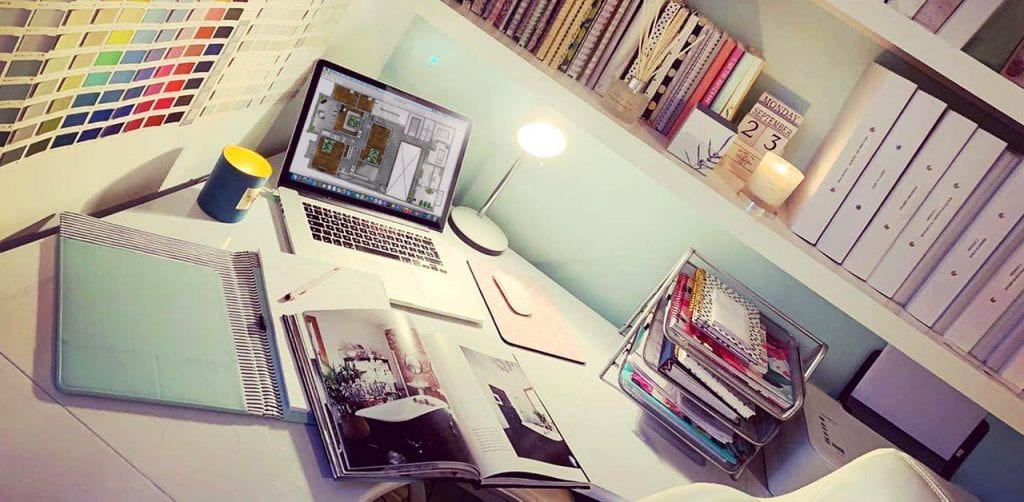
The visiting card of any designer is a portfolio. It can say much more than diplomas, awards, and certificates. They begin to collect it even during their studies and internships. At first, the case may include educational and graduation projects, contests, orders for acquaintances, friends, and relatives. To replenish the portfolio, novice designers sometimes do the work free of charge or a nominal fee. Completed projects are especially appreciated, not just 3D visualizations.
If it is expensive to create your site and there is no time, you can post your work on social networks and on web resources about design to get started. An essential condition is high-quality and reliable photographs. You can find examples on the websites of reputable studios. For professional shots, do not neglect the services of an experienced photographer.
A resume or a small self-presentation business card is equally important. Information should be presented creatively, concisely, and quickly, reflecting the critical points of biography and creativity.
5. Find Customers
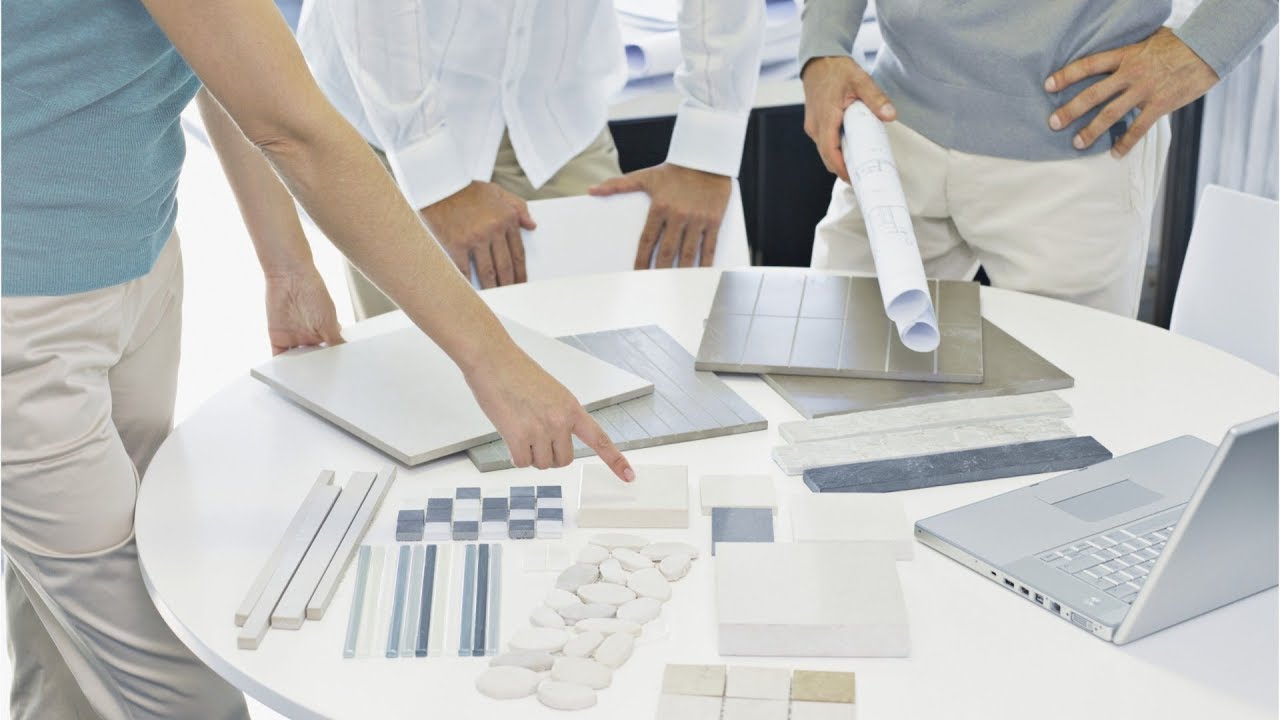
This is perhaps the most important and challenging point on the way to the goal. The main thing is not to give up and be patient! Many designers find their first customers during their studies or internships. It’s excellent if customers leave positive feedback and make recommendations. But the search is complicated by the massive competition in the interior design market. Here are some proven options:
- Start working as part of a team, for example, conclude a cooperation agreement with a furniture store, a manufacturer of finishing materials or interior items;
- Promote your services on sites for freelancers and designers, leaving links to your site or page, where possible;
- Find a customer directly through advertisements in newspapers or social networks;
- Send, or better personally present, the portfolio to construction companies;
- Make an active statement on the Internet and the media: write articles, blog and video channels, and review materials or trends.
At the beginning of your career, you should not be afraid of any, even the most insignificant and low-paid orders: gluing wallpaper, arranging furniture, selecting curtains. They should be carried out with all seriousness, with high quality, to get good reviews and attract additional customers. It is crucial to gain experience and feel more confident.
6. Organize Business Control
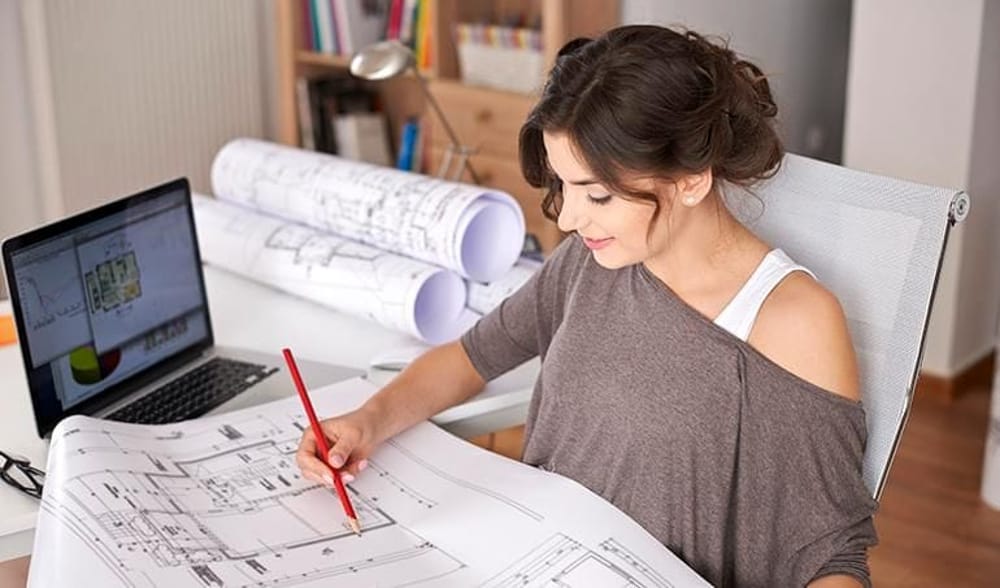
Own studio is the dream of any novice designer. But before you open it, you need to be ready not only for creative tasks but also for issues related to office work, accounting, advertising, and the search for contractors. It is excellent if these skills have already been acquired, and the designer has a degree in economics or business.
But doing all the things simultaneously is quite tricky, especially with a lack of experience and in the constant search for design inspiration. To not be distracted once again by calculating taxes, issuing invoices, and developing advertising, it is better to hire professional assistants, at least on a project basis.
7. Be in the Course of Events
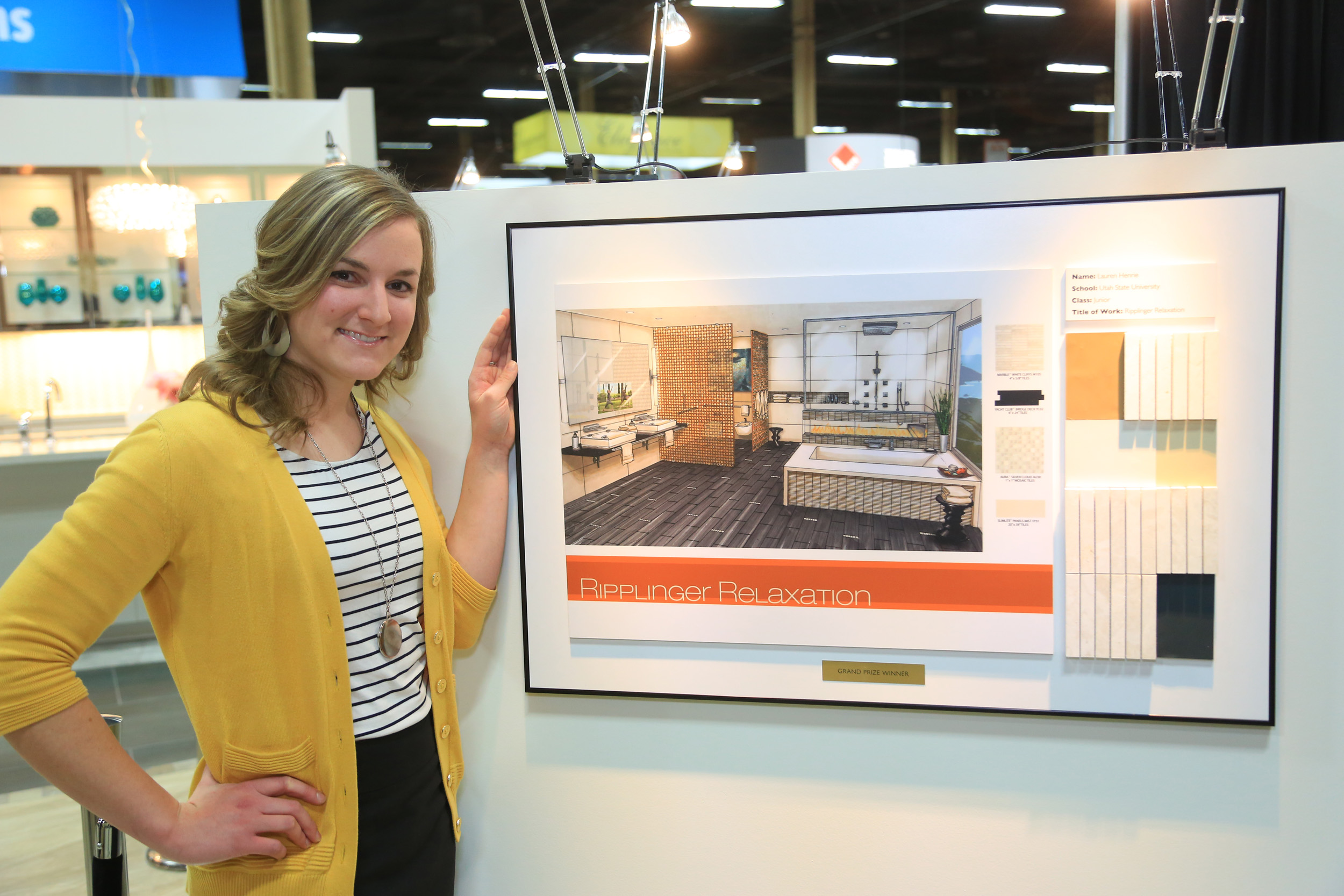
The design industry is constantly evolving. A specialist needs to keep abreast of all the latest events, trends, and novelties in the professional field and trade, the world economy, culture, and art. A broad outlook, “observation,” and awareness are the hallmarks of a real pro. Many famous designers start their day by listening to the news, leafing through the specialized media, curious about the work of their colleagues.
A good tip is never to stop learning. It is advisable to periodically attend specialized courses and lectures, participate in webinars and conferences. They are often held free of charge as part of international exhibitions and forums. It would help if you visit them regularly, drawing up a schedule for the year in advance. Large-scale specialized events contribute to the acquisition of business contacts, potential customers and accelerate business development.
And finally, some more tips from the pros:
- Listen carefully to the customer, trying to catch minor details of the terms of reference.
- Set reasonable and fair prices.
- Do not tackle what you know you cannot do.
- Do not strive for the “perfect picture” – first of all, and the interior is created for living, not for a photo session.
- Look for contractors with reliable recommendations.
- Feel free to experiment and grasp the essence of different materials.
- Don’t copy colleagues and famous designers – look for your unique style.
- Stay up to date with local building laws and regulations.
- Look for inspiration in everything and constantly broaden your horizons.
- Follow your passion and believe in yourself. Otherwise, they will not believe in you.
